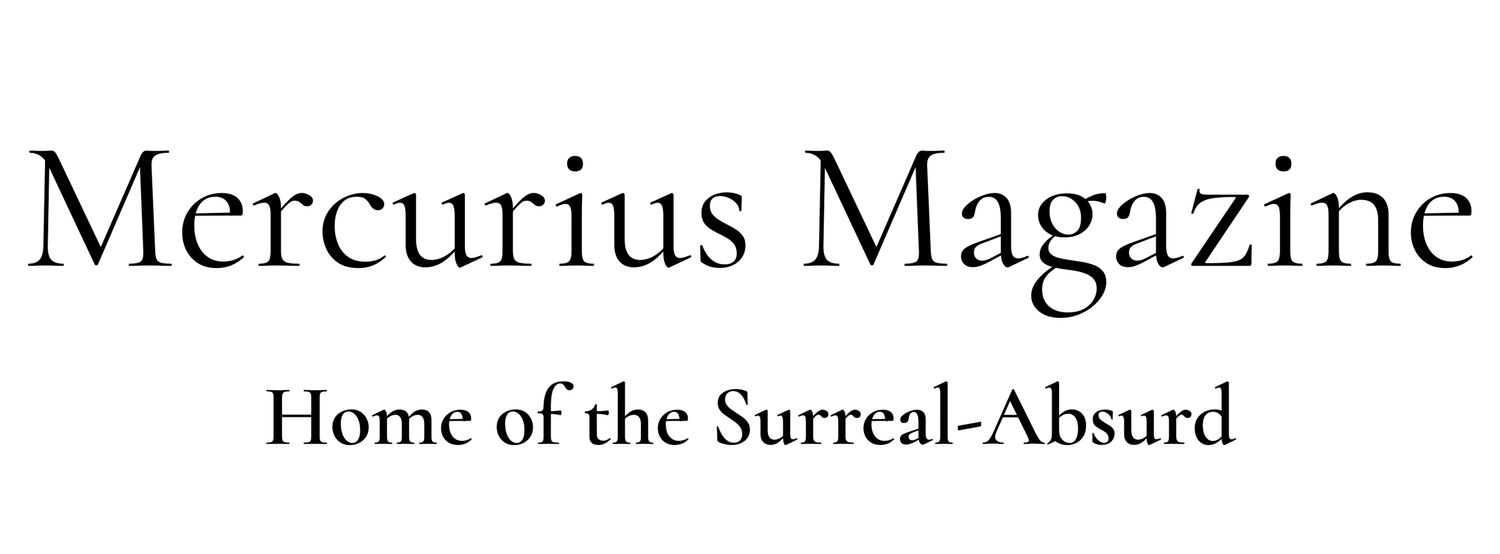Beauty
A stream inside a forest
Where no-one goes;
The girlish light of afternoon
Completes the emptiness.
The droplets flow towards the sea,
Dissolve among the other drops.
The world has been this stream,
This stream has been the world,
As old as stars in silver water rolled
And shaken from the sky.
Writing a manifesto on beauty is like writing a love letter to the universe; a task so great can only have as poor a conduit. With so many details, where does one begin? I’ve started with a single stream. How many billions of streams comprise the world? Should I, like Carlos Argentino, whom Borges scorns in his short story the Aleph, describe them all, searching for beauty in the minutiae of their differences? Does a single stream – a Platonic form – suffice?
Perhaps reaching a definition of beauty is simply an exercise in skilful omission, in suggesting absences, in loss. As Rilke said, Beauty is the beginning of terror. In awe of such abundance, we can only lose ourselves.
The Arabic word huzun translates as “radiant melancholy”, an appreciation of the humble sadness of a world destined for destruction. The Japanese aesthetic “wabi-sabi” expresses admiration for objects on the verge of nothingness. If beauty begins with terror, it ends with modest affirmation, the declarations of a courtly love.
Nor do the mathematicians help. On one hand, you have the classicists, the advocates of harmony and symmetry. The Pythagoreans maintained that objects proportioned to the golden ratio were the most attractive. On the other hand, you have the chaos theorists, who consider unpredictability and complexity to be the hallmarks of a natural beauty. Is there anything more beautiful than the coastline of Norway? No human mind is capable of conceiving such impossible detail. Perhaps a single word, infinity, encapsulates this latter group’s conception of beauty. Postmodernism also delights in “authentic” irregularity.
Fractals, a word coined by chaos mathematician Benoit Mandelbrot, are endemic in natural systems
Other schools distinguish spiritual from aesthetic beauty. What is good is always beautiful but what is beautiful isn’t always good. Rodin shows the gap in these presumptions with his unforgettable “Man with a broken nose”. Usually reserved for figures of perfection – gods and conquerors and famous people - statues that celebrate imperfection align more closely with wabi-sabi or huzun than the classicists.
The postmodern mantra – beauty is in the eye of the beholder – is probably little more than an excuse for decadence, if only because true insight requires discrimination.
The other extreme – fixing beauty to certain rules or principles or morality – can be useful as a compass is useful in guiding a traveller. No compass, however, can teach a traveller to see. Sometimes the most exquisite scenes are a surprise, unmapped or simply overlooked.
My own conception of beauty is mostly useless and probably not worth mentioning. I would emphasise a single word – openness – in the sense of mind unfolding. That does not mean that everything is beautiful. It means the mind must be ready for the diverse manifestations of beauty. The Cabbalists claim that the prophets never once received the Word of God during moments of depression. Similarly, the Buddhists hold that “dullness of spirit” is a major obstacle in the practice of meditation. Beauty, as an extension of revelation, uplifts, enlightens, even when the word or scene is sad.

